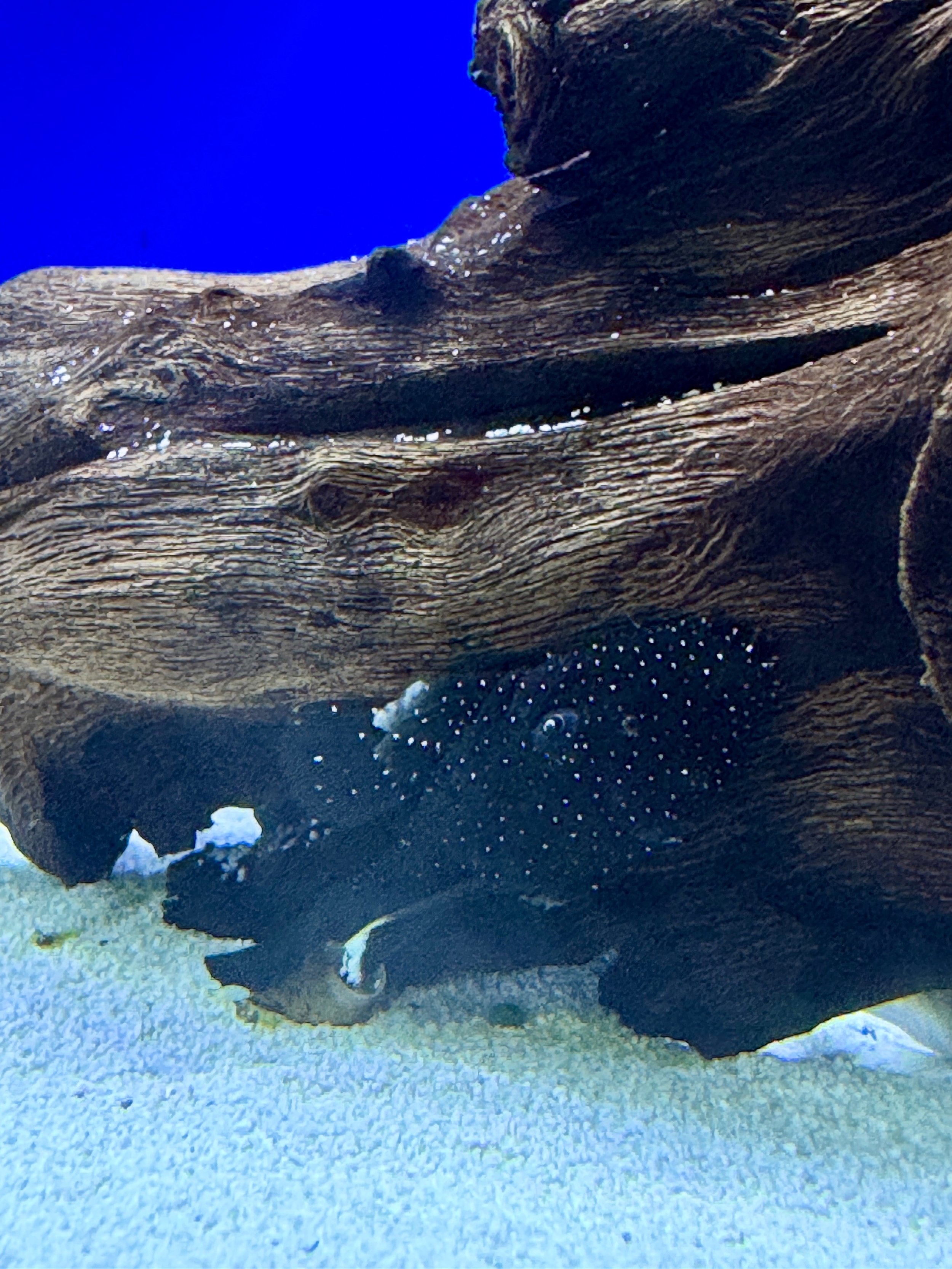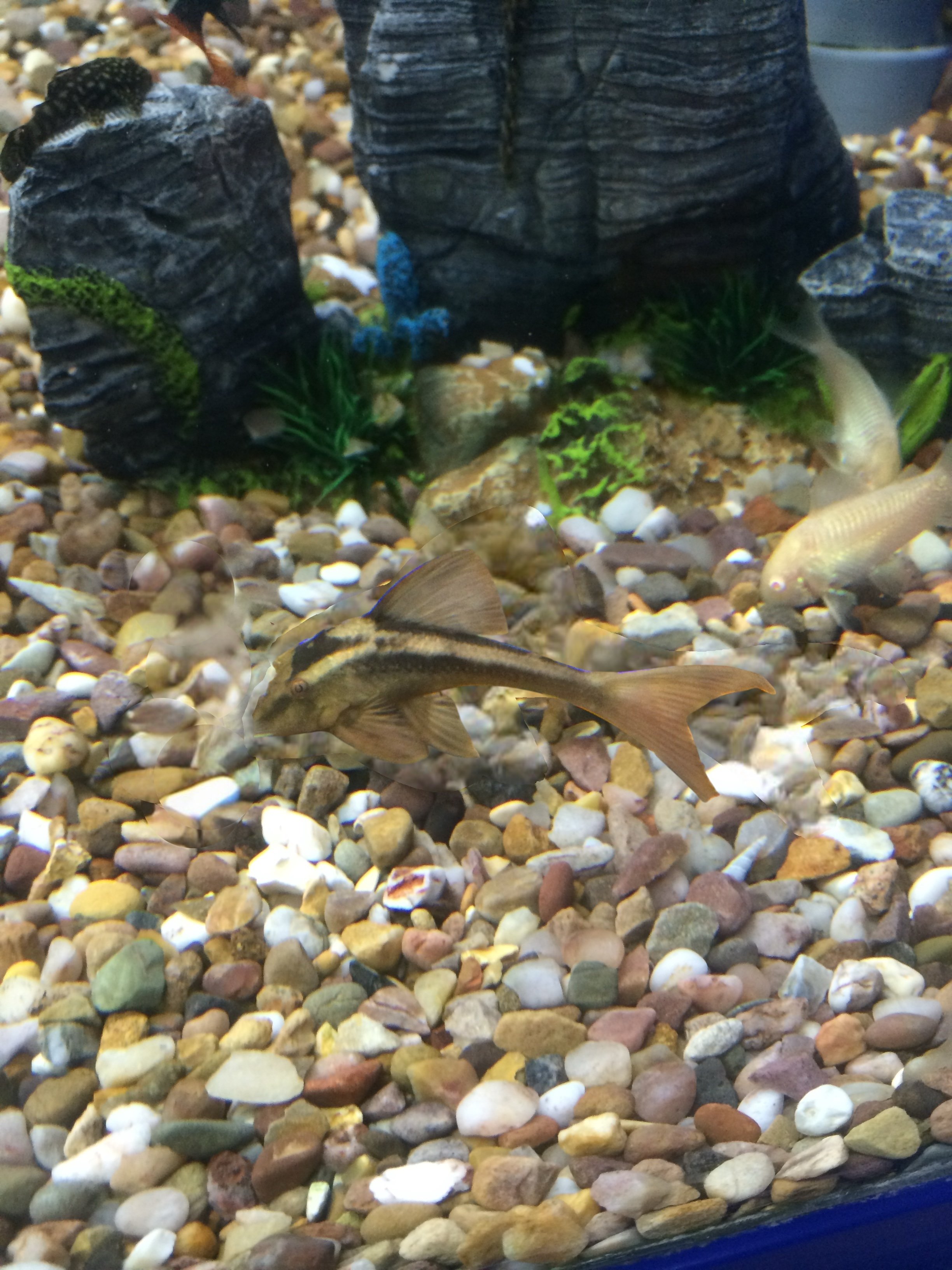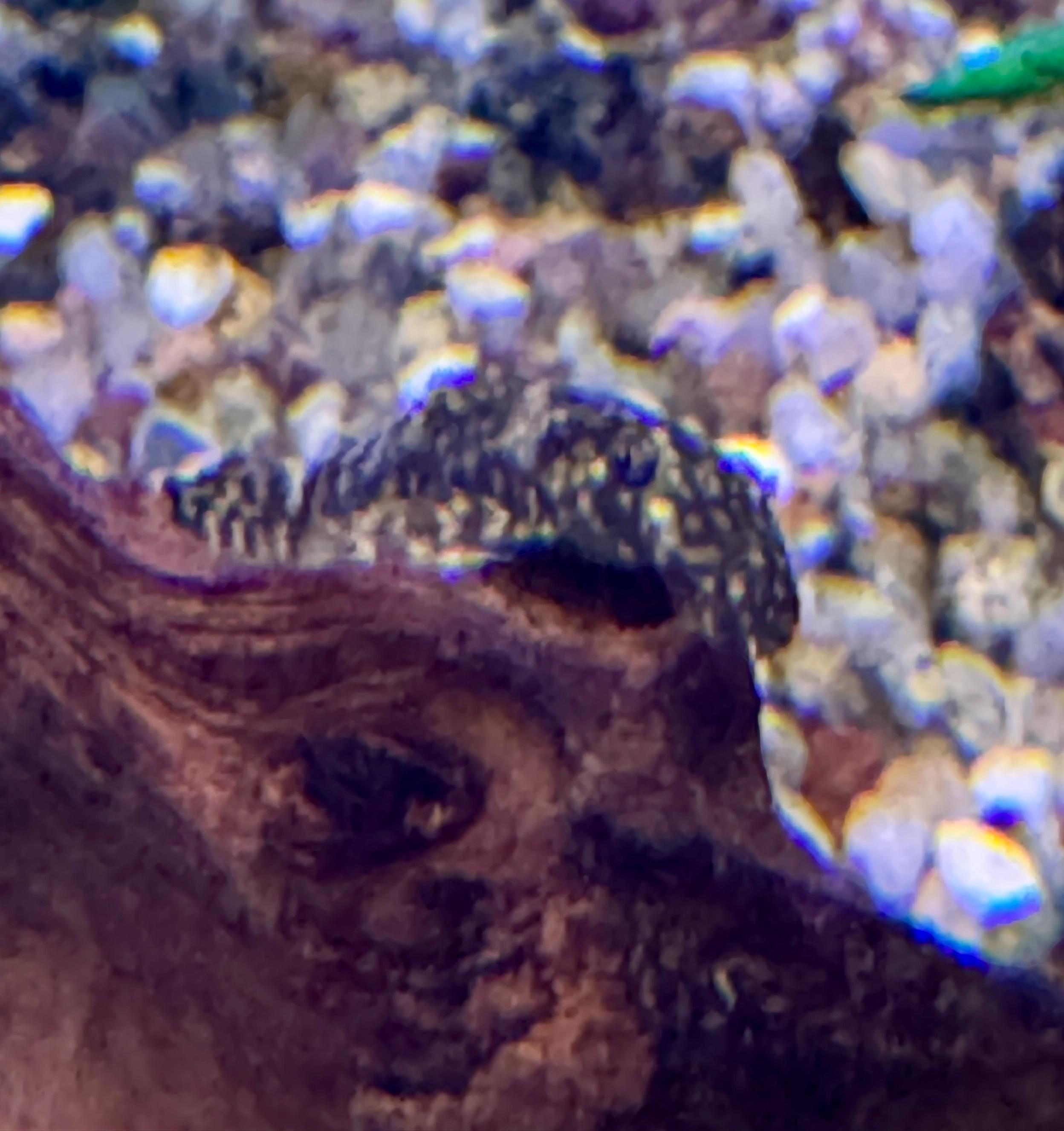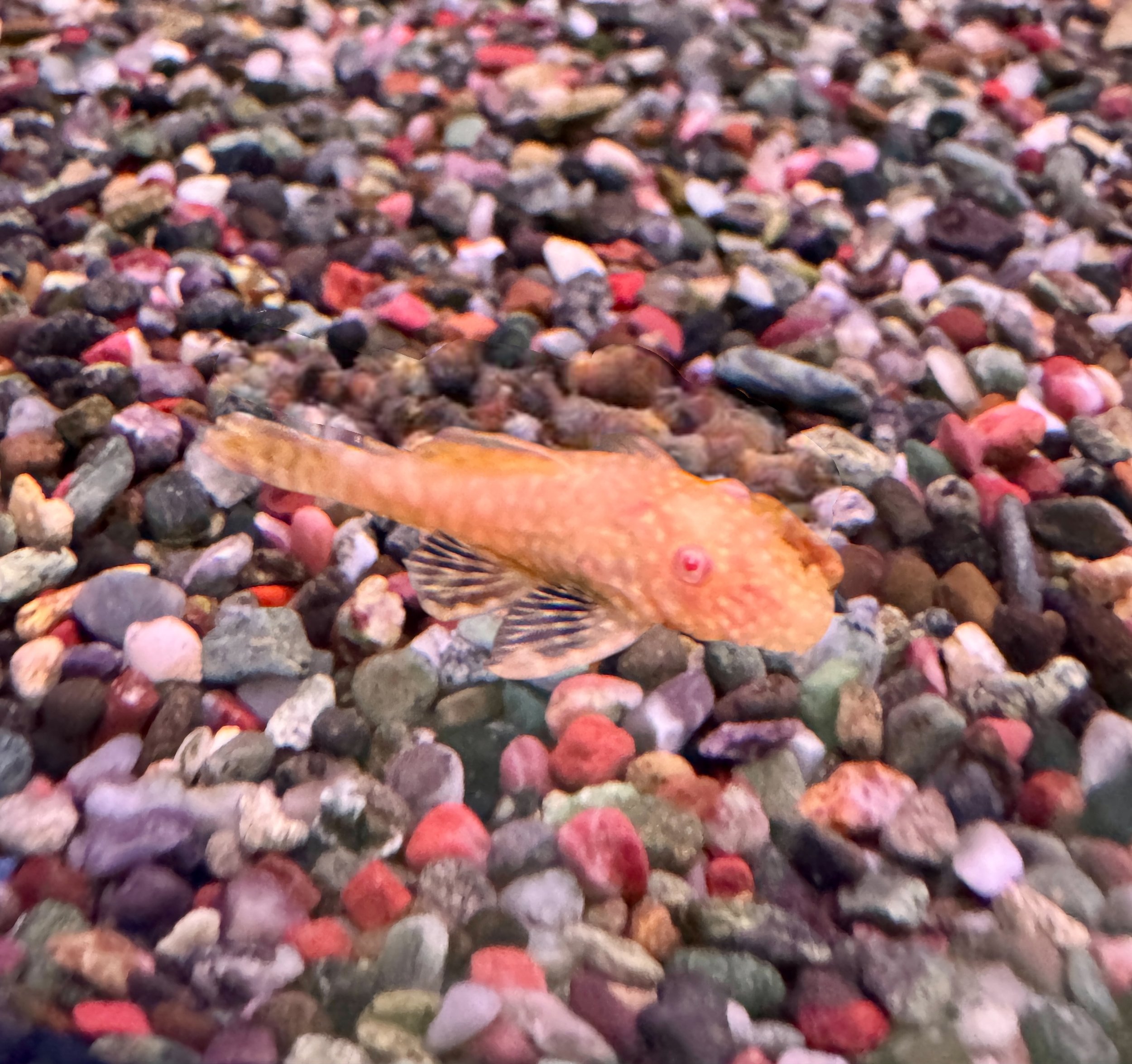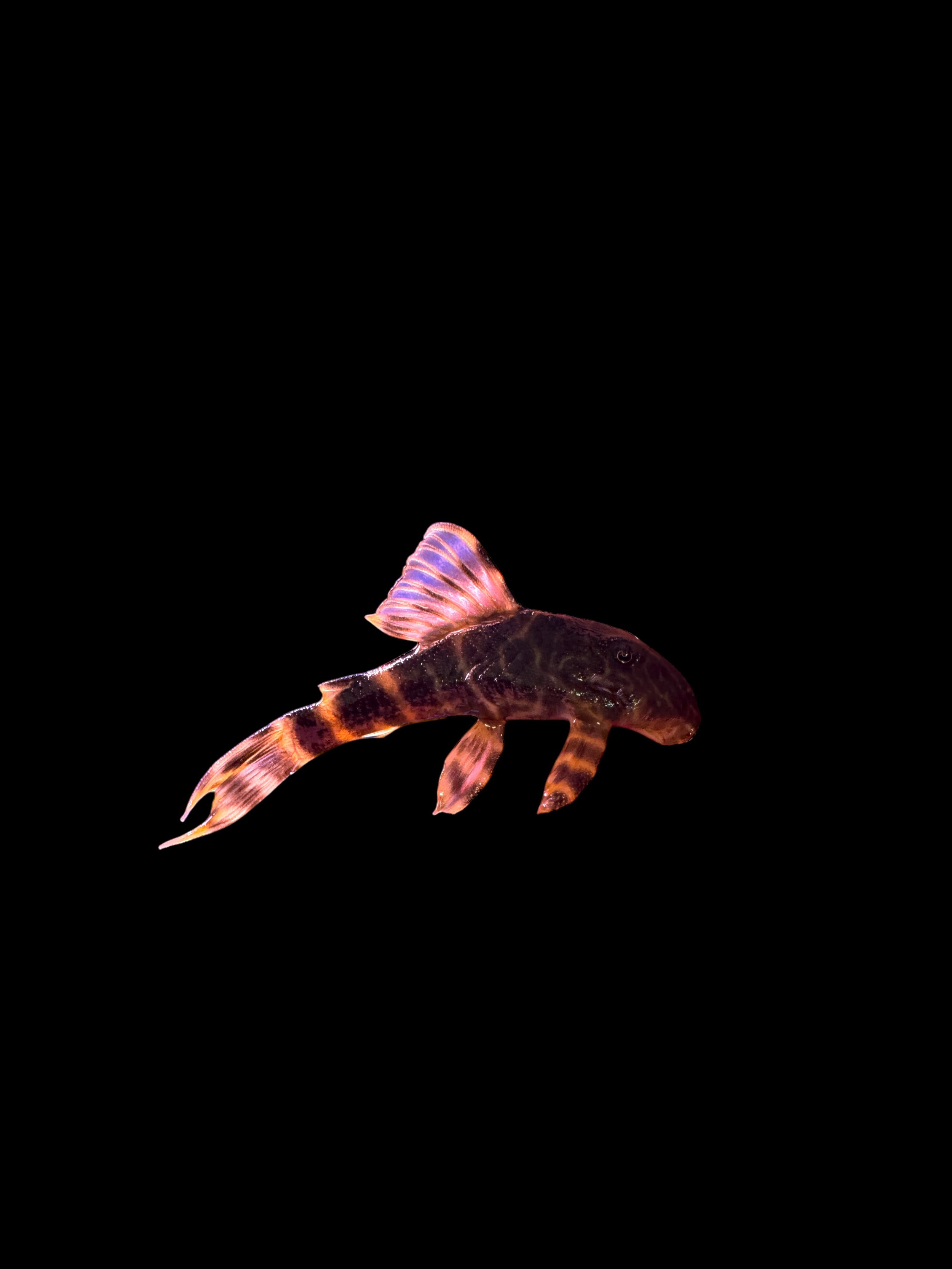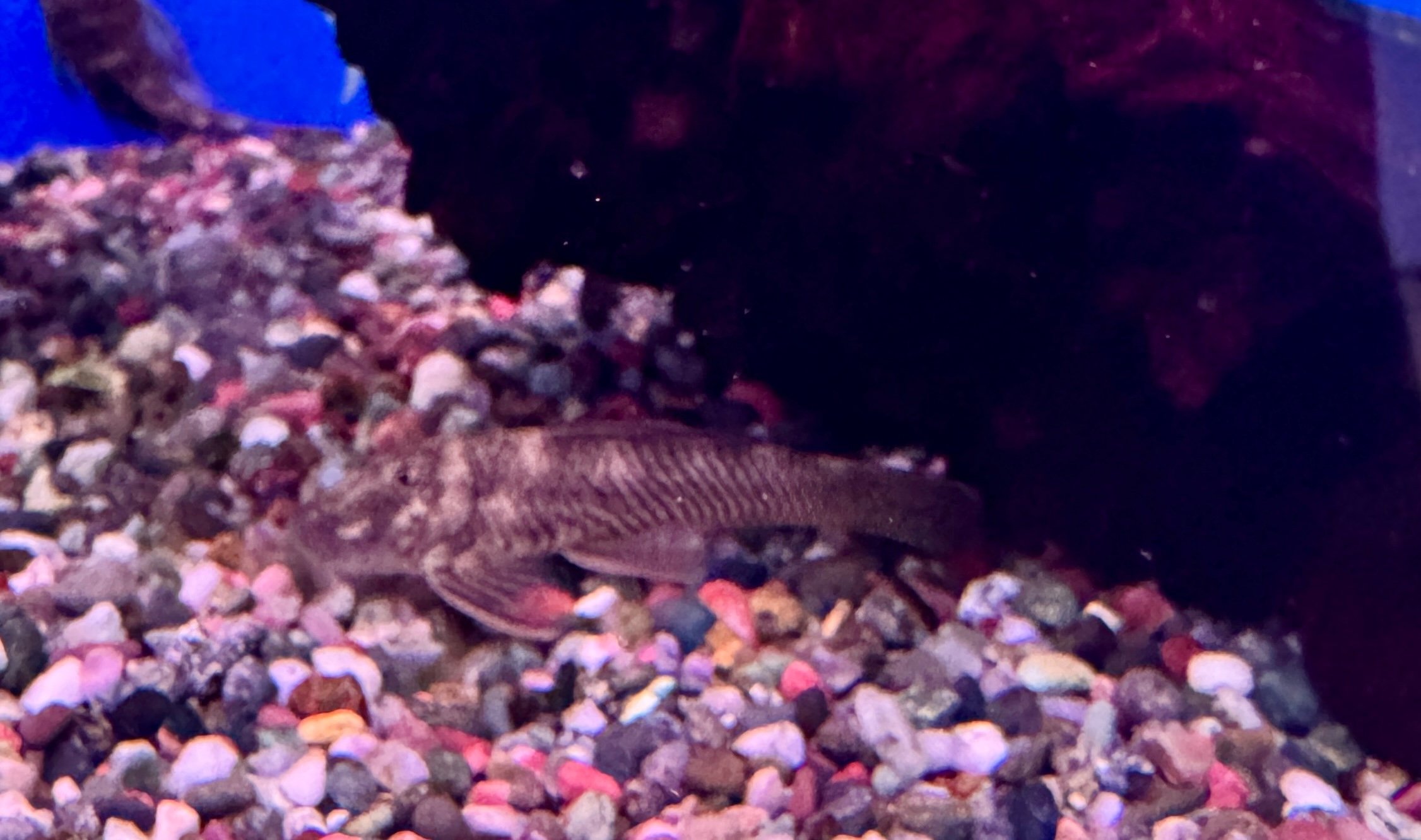Scientific name: Ancistrus dolichopterus
Common name: Starlight Pleco, L183
Adult Size: 3 to 4 inches (7.5 to 10 cm)
Temperature Range: 75 to 82°F (24 to 28°C)
pH Range: 6.5 to 7.5
Compatibility: Generally peaceful, but can be territorial with other bottom-dwelling fish
Minimum Tank Size: 20 gallons (76 liters)
Originates from: South America, specifically the Amazon River basin
Ideal Substrate: Fine sand or small, smooth gravel
Ideal Tank Mates Suggestions: Peaceful fish such as Tetras, Guppies, Corydoras, and other small, community fish
Fish to avoid: Aggressive or large fish, and other large, bottom-dwelling species

